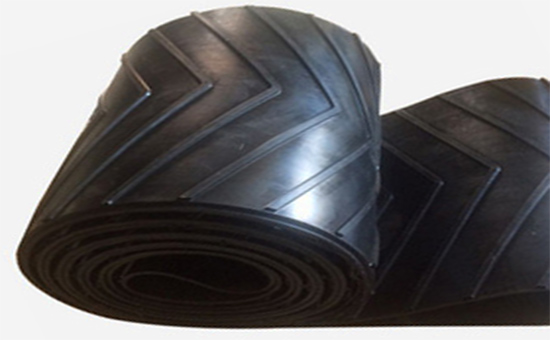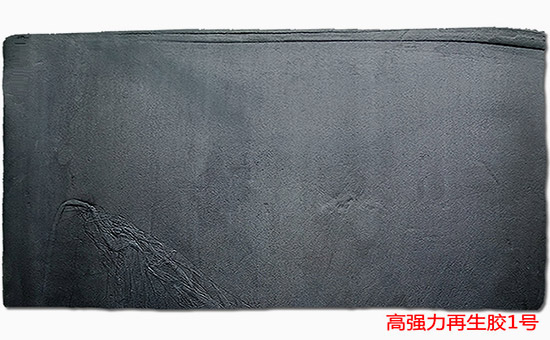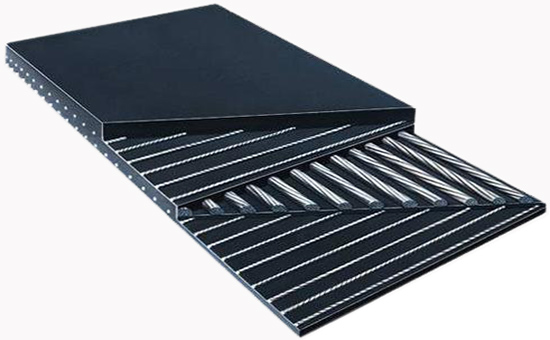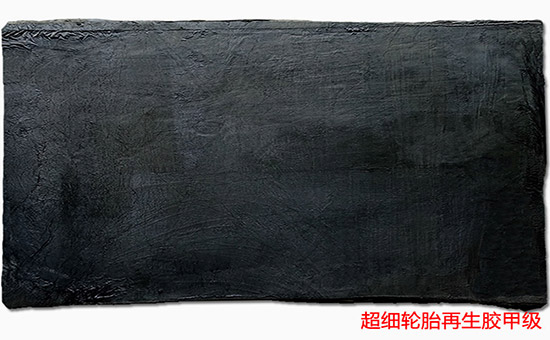Rubber conveyor belts are generally composed of a tensile layer, cover rubber and edge rubber. The main function of the cover rubber is to protect the belt core from physical impact, abrasion, corrosion, etc. during work, and to prevent early damage to the belt core. It is a conveyor belt The protective layer. In actual production, ordinary conveyor belt cover rubber is generally processed with natural rubber and styrene butadiene rubber as the main raw materials. The appropriate amount of tire reclaimed rubber can effectively reduce the cost of raw materials; reasonable adjustments to the production process can further improve the transportation of reclaimed rubber Comprehensive index with covering rubber.
1. Key points of mixing
Mixing is an important process in the production process of rubber products. It is a process in which the compounding agent is uniformly dispersed in the raw rubber. The quality of the mixed rubber directly affects the quality of the finished product. When using tire reclaimed rubber 2YLYY1210 in the conveyor belt to reduce costs, it is recommended to use a regular internal mixer to ensure uniform mixing and avoid sticking to the rollers; strictly control the roller temperature and feeding sequence during mixing. When using an open mill for open milling, the roller temperature should not be too high to ensure the smooth progress of the thinning.

When the conveyor belt cover rubber mixed with tire reclaimed rubber is used for the mixing process, the temperature of the front roller is generally controlled at (60±5)°C, and the temperature of the rear roller is controlled at (55±5)°C.
2. Calendering points
The so-called calendering means that the rubber material is squeezed through the gap among the relatively rotating rollers of a special calendering equipment, and stretched into a film with a certain specification and shape, or the surface of textile materials and metal materials can be glued. The conveyor belt containing reclaimed tire rubber is covered with rubber for calendering. The temperature of the upper roller is generally controlled at (85±5)°C, and the temperature of the middle roller is controlled at (75±5)°C.

3. Molding points
Before the tape is formed, it is necessary to check whether the quality and specifications of the tape and the film meet the requirements. There should be no glue, white strips, bad cloth, oil stains, debris, etc. on the tape. The pleats in the tape must be repaired when the tape is formed, and the specifications of the semi-finished product of the tape must be accurate; the remaining material of the cover rubber should be cut into small pieces and placed in a clean place to cool it down. In actual production, when natural rubber, natural rubber/styrene-butadiene rubber are mixed with tire reclaimed rubber to produce conveyor belt cover rubber, the belt blank molding is mostly carried out by layering.
4. Key points of vulcanization

Vulcanization is the last main process in the production process of rubber conveyor belts. The vulcanization temperature, vulcanization pressure and vulcanization time must be strictly controlled during the vulcanization process. When natural rubber/tire reclaimed rubber, natural rubber/styrene butadiene rubber/reclaimed rubber are used to produce conveyor belt covering rubber for vulcanization process, the vulcanization temperature is generally controlled among 143-147℃, the vulcanization pressure is controlled at about 1.8MPa, and the compression ratio 15%-20%.
During the vulcanization process, ventilation should be strengthened to ensure a good working environment and avoid the volatile gas generated by volatile components such as activator and coal tar softener during high temperature vulcanization to irritate human skin.

Conveyor belt covering rubber produced with natural rubber, styrene-butadiene rubber or natural rubber/styrene-butadiene rubber combined with rubber as the main raw material mostly choose fine particle reclaimed rubber and tread reclaimed rubber in the tire reclaimed rubber to reduce the cost of raw materials, and the mixing effect is good. The production cost is low, and the economic benefits are more obvious. In actual production, the amount of tire reclaimed rubber in the cover rubber of ordinary conveyor belts is determined according to actual needs. 100 parts of raw rubber can be mixed with 30-100 parts of reclaimed rubber, or even more. Later editors will continue to share with you The mixing technique of tire reclaimed rubber in conveyor belt cover rubber.
Exclusive original article [commercial authorization] reprint, excerpt and excerpt in any form are prohibited without written authorization. Focus on Hongyun rubber: learn the process formula and raw material technology of producing rubber products from recycled rubber to help you reduce costs and increase profits